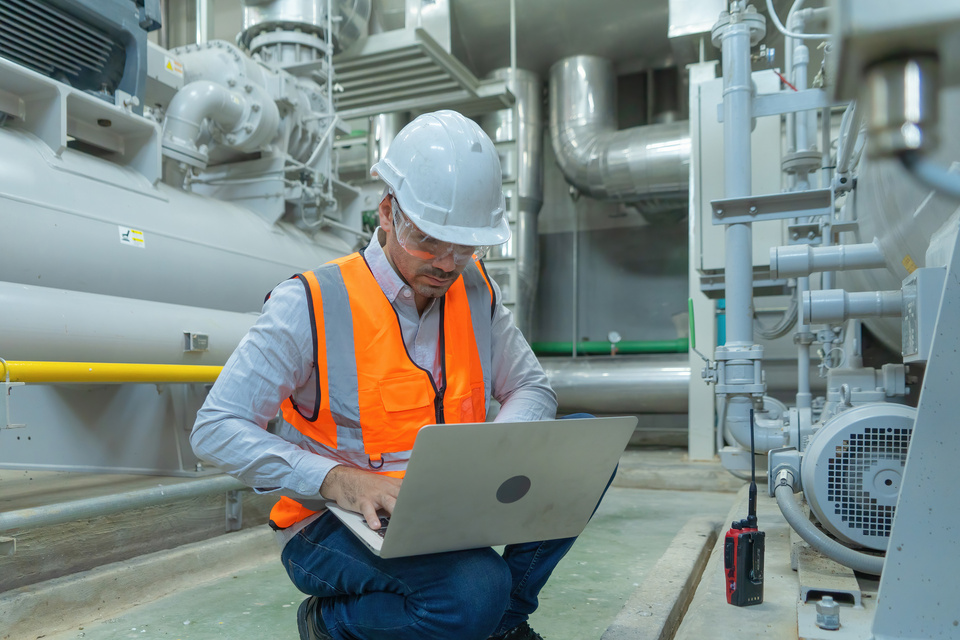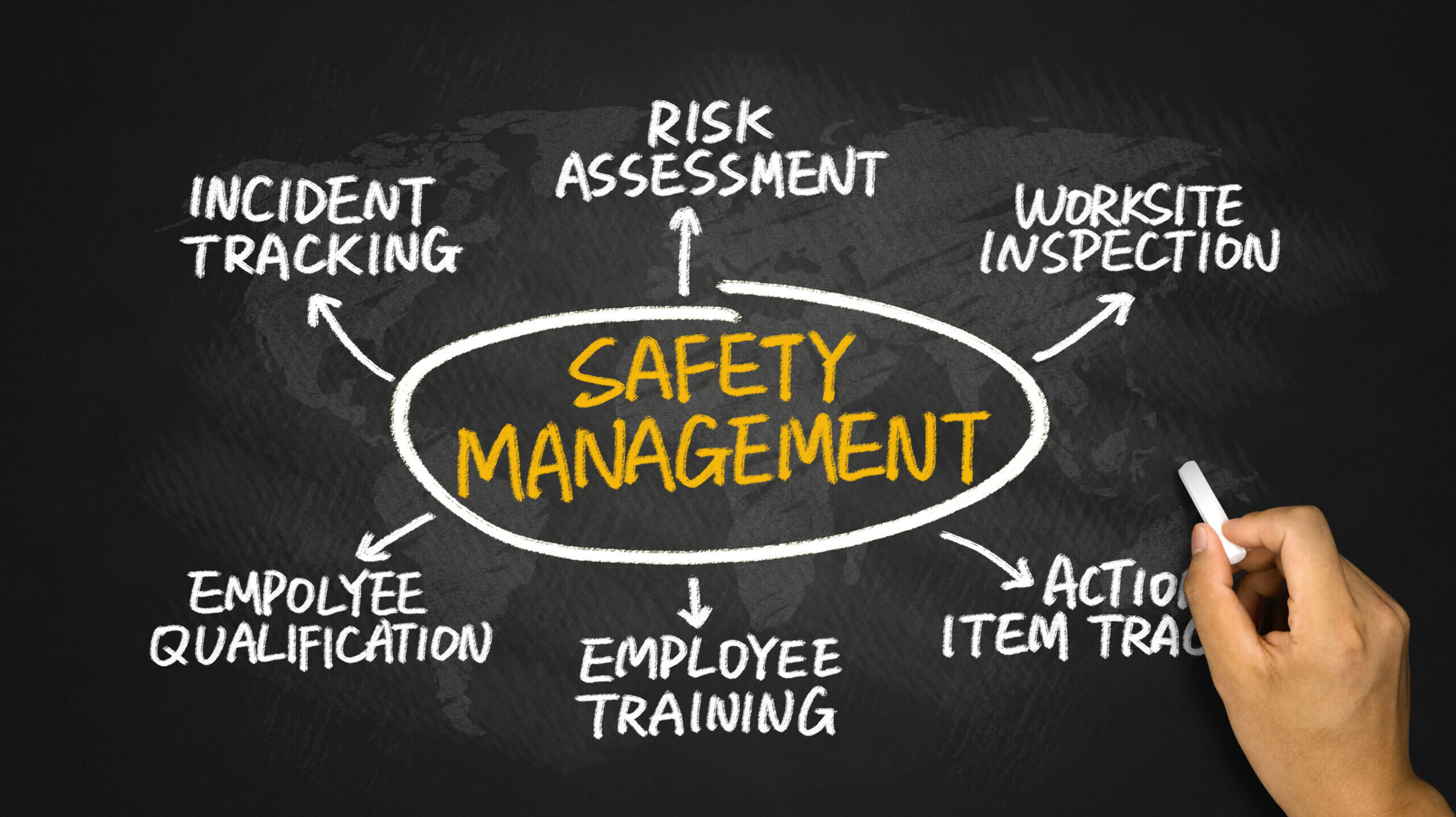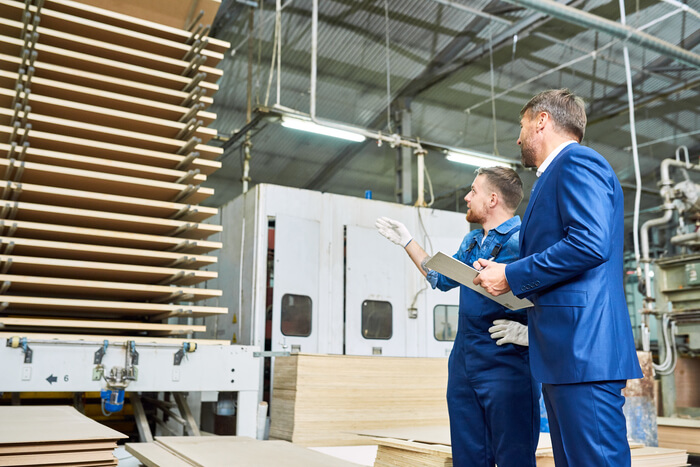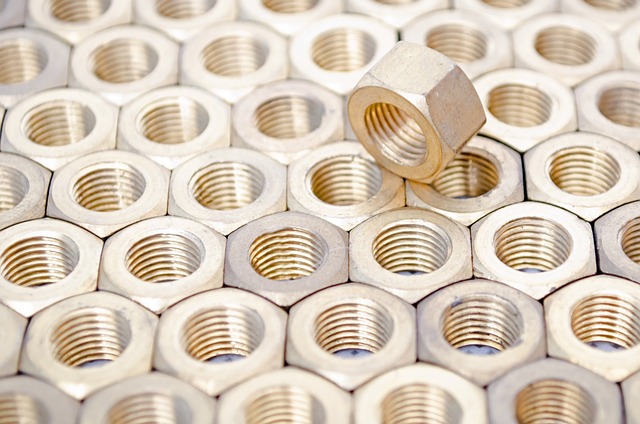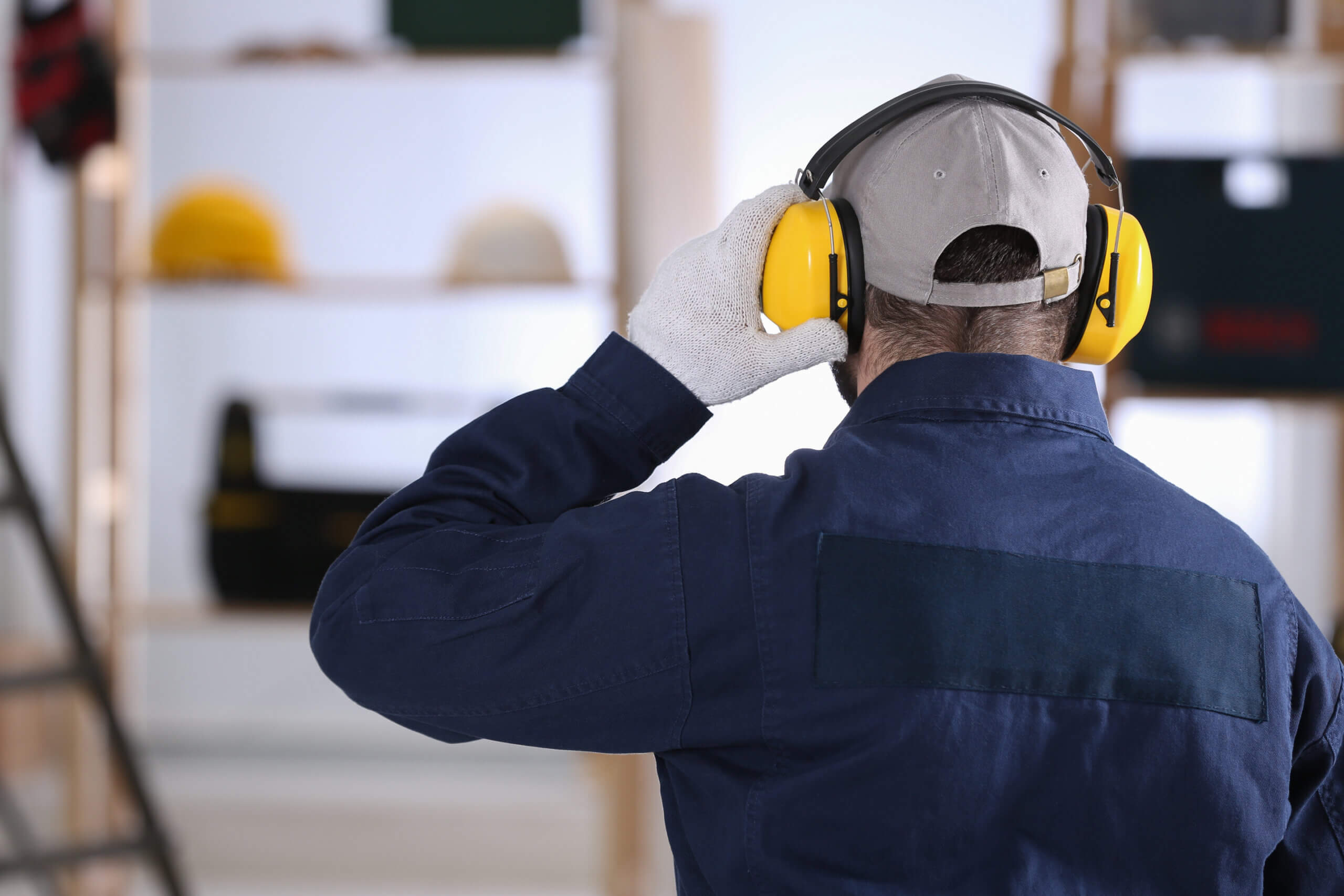
In this post, we summarize the CDC’s best practices for keeping workspaces safe and sanitary. We’ll also share some additional organizational tips for streamlining procedures, improving workplace communication, and getting everyone involved by using a computerized maintenance management system (CMMS).
How to Properly Clean (and Disinfect) Work Environments
Before we begin, let’s review the difference between cleaning and disinfecting. According to the CDC, though similar in nature, the two terms should not be confused as the same activity:
- Cleaning: The removal of dirt and impurities, including germs, from surfaces. Cleaning alone does not kill germs. But removing the germs decreases their number and, therefore, any risk of spreading infection.
- Disinfecting: The process of using chemicals to kill germs on surfaces. This process does not necessarily clean dirty surfaces or remove germs. But killing germs remaining on a surface after cleaning further reduces any risk of spreading infection.
Coronaviruses can live on surfaces for hours in the right environment, according to the National Institutes of Health). So how can workplaces effectively clean and disinfect their spaces?
1. Clean Surfaces With Approved Disinfectants
Professor Mary Louise McLaws, who was a COVID-19 advisor to WHO, recommends practicing a two-step preventive measure of cleaning visibly dirty surfaces followed by disinfection.
Both McLaw and the CDC encourage wiping down commonly touched items before disinfecting them with diluted household bleach, cleaning liquids containing at least 70 percent alcohol, or EPA-registered household disinfectants. Here’s a summary of what that entails:
Disinfectant Solution Options:
- Diluted Bleach Mixture: 5 tablespoons (1/3rd cup) bleach per gallon of water or 4 teaspoons bleach per quart of water
- Alcohol Solutions: Must contain at least 70 percent alcohol.
- EPA-Registered Disinfectants: Click here for a list.
- Products containing Sodium hypochlorite, Isopropanol, and Ethanol are said to be the most effective.
**Additional tips for bleach activations: Follow the manufacturer’s instructions for application and proper ventilation. Check to ensure the product is not past its expiration date. Never mix household bleach with ammonia or any other cleanser.
Items to Definitely Clean:
- Cell phones
- Desktop surfaces
- Keyboards/mouse
- Common room items
- Bathrooms
- Doorknobs
Cody Millsap, the vice president of a commercial cleaning and janitorial services company, told Inc. that individuals should wipe in one direction while cleaning surfaces. She says wiping a surface in a circular or back-and-forth direction just redeposits the germs.
To maintain a clean environment, focus on high-touch surfaces. Every small business and large business alike need routine office cleaning now more than ever. Finally, the CDC recommends opening windows and doors to increase air circulation when possible.

2. Follow Recommended Hand Hygiene Practices
Though it may seem juvenile, posting handwashing signs around workspaces provide a useful reminder to busy employees. We’ve heard both 20 and 30 seconds as expert-recommended ideal timeframes for handwashing. Some outlets also recommend washing for as long as it takes to sing the Happy Birthday song.
Outside of the bathroom, the CDC recommends employees wash their hands with an alcohol-based hand sanitizer containing at least 60 percent to 95 percent alcohol. Experts also say to “thoroughly dry hands” since germs spread with moisture. Below are some other useful guidelines:
When to Sanitize Hands
- After blowing one’s nose, coughing, or sneezing
- After using the restroom
- Before eating or preparing food
Other Team Sanitation Tips:
- Avoid touching eyes, nose, or mouth with unwashed hands.
- Provide tissues and no-touch disposal receptacles.
- Place hand rubs in multiple locations.
- Ensure adequate supplies are maintained.
- Cover your coughs.
You can visit the coughing and sneezing etiquette and clean hands webpage for more information on how to clean work environments and hands.
3. Maintain Two-Way Communication
Once environmental cleaning policies have been developed, operational managers must provide all staff members with clear written guidelines. Everyone, in every department, should understand what is happening, how things are changing, and how they can contribute to workplace safety.
Depending on the complexity of your organization, you may need to hold special meetings with customer-facing, sanitation, and operations team members on how to clean work environments. Beyond distributing a company memo, we recommend maintaining streamlined communication with department leaders, operational managers, and cleaning staff.
Organizational messaging apps are one way to quickly check in with staff members when assessing policy effectiveness. You can use a product like Slack if you want general group chat features or something like MaintainX if you desire chat functionality combined with operational checklists (with e-signature options), digital file-sharing, and work orders in an easy-to-use mobile app.
Our digital operations tool allows leadership to create and assign sanitation checklists within minutes. The platform also enables teams to manage maintenance, track work history, create and manage standard operating procedures, and provides foolproof accountability with digital audit trails.
The best part? Anyone with any level of technology literacy and a smartphone can learn how to use the app within 5 minutes.
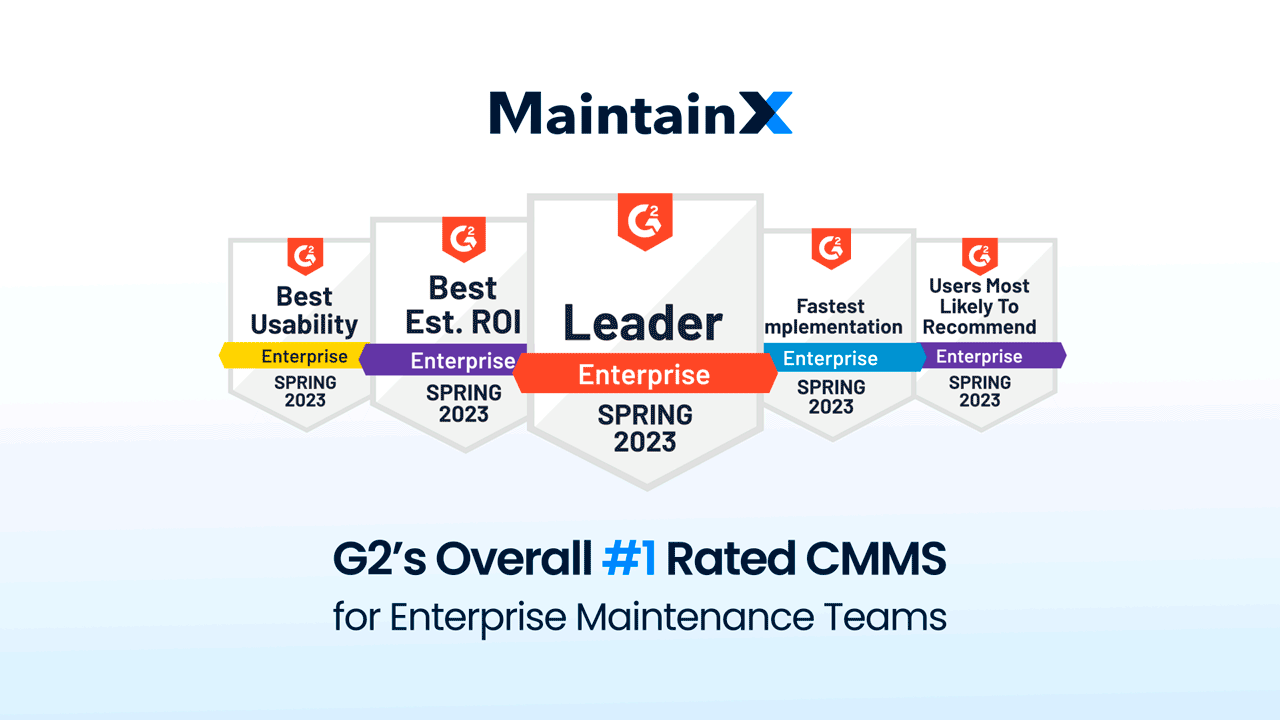
Use a CMMS to Keep Your Work Environment Clean
Maintaining a clean work environment requires companies to provide staff with the right products, instructions, and communication channels. We hope you have found this article useful. But don’t forget to check in with your local and state health departments for local-specific updates and guidance.
Get MaintainX to simplify your organization’s safety.
FAQs


_FEATURE.webp)




